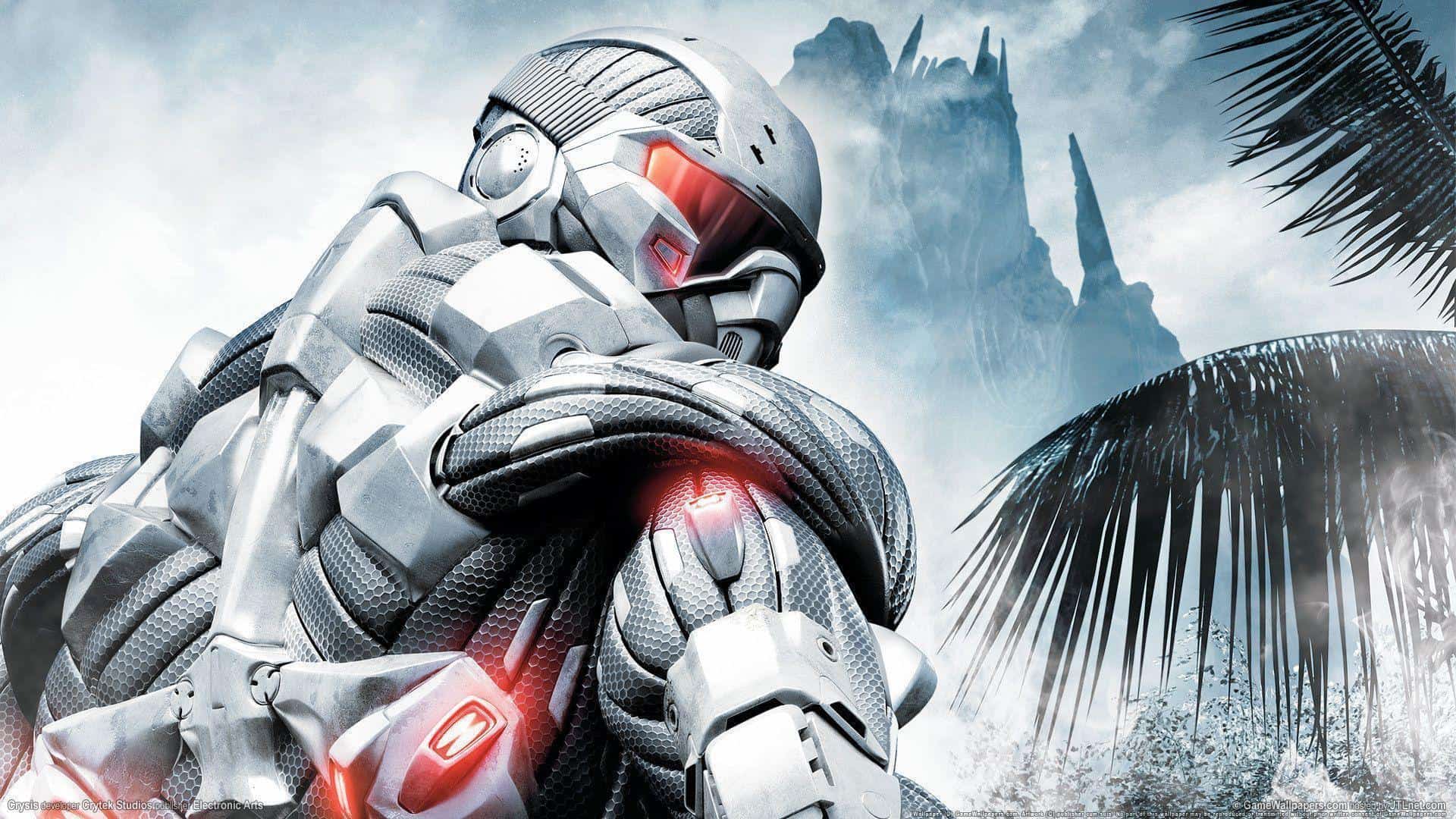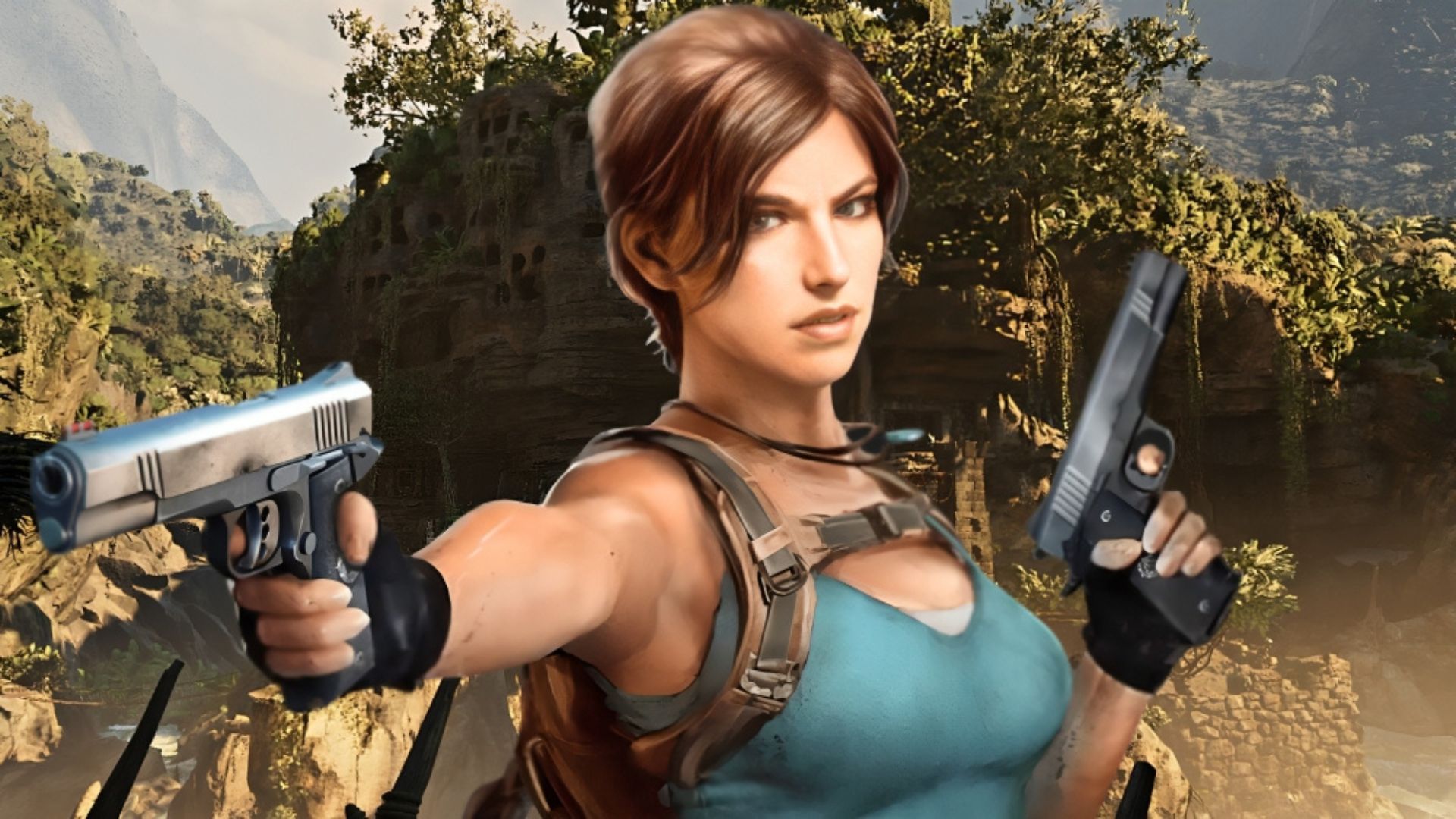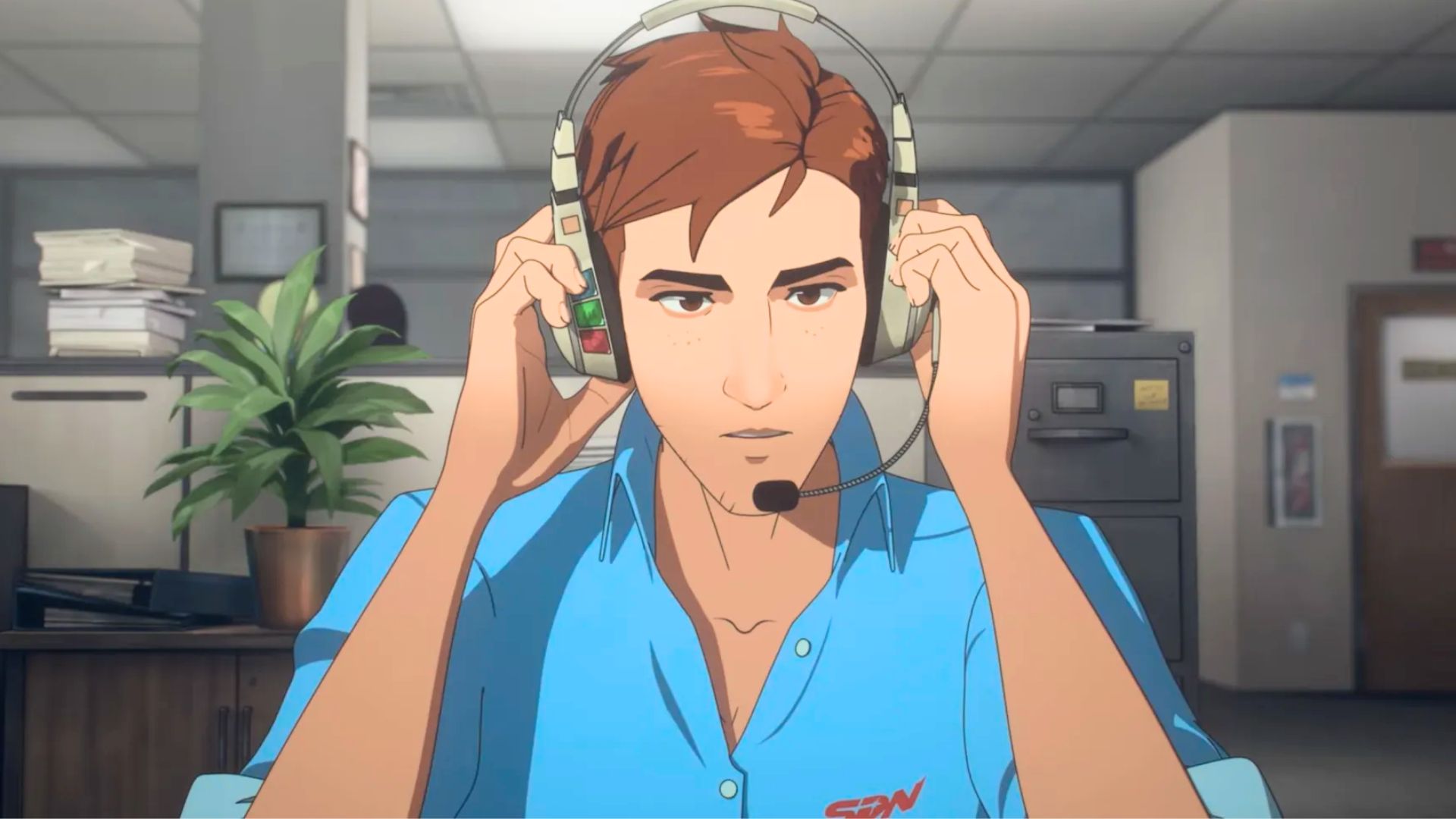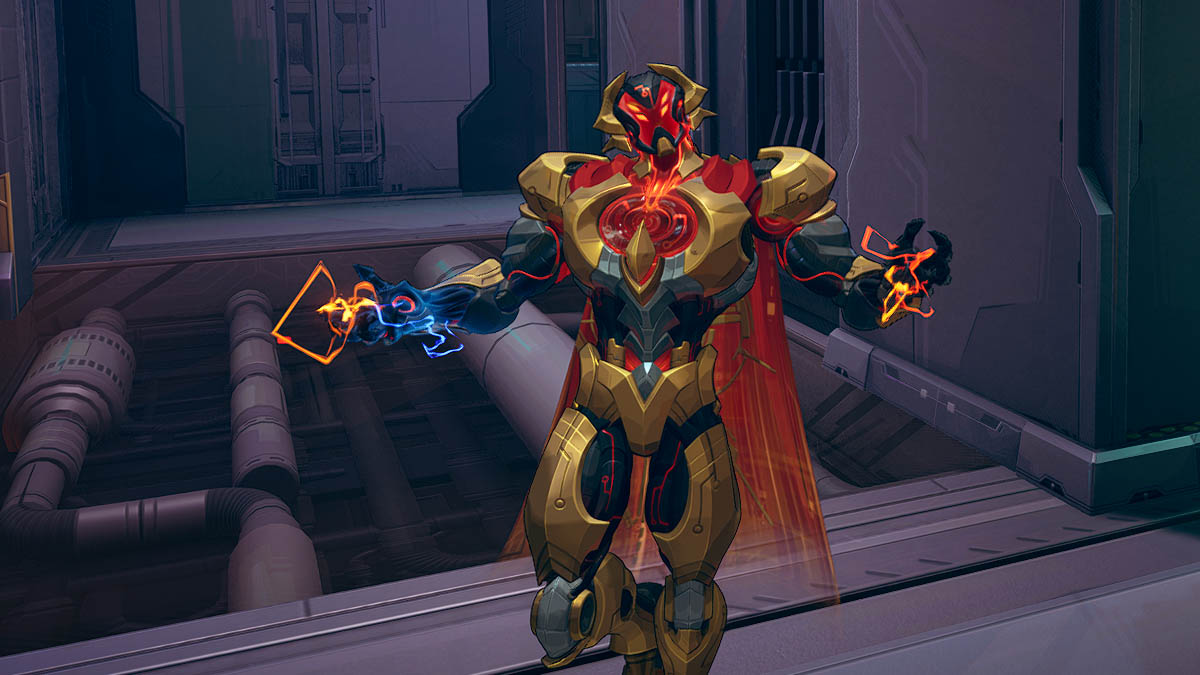You can trust VideoGamer. Our team of gaming experts spend hours testing and reviewing the latest games, to ensure you're reading the most comprehensive guide possible. Rest assured, all imagery and advice is unique and original. Check out how we test and review games here
In the dying moments of E3, Cevat Yerli dropped a bombshell on our laps – revealing that all of Crytek’s future games will be free-to-play. Here, in our full interview, he reveals just how ambitious these plans are, telling VideoGamer that he is “betting our whole company” on the new business model.
It’s a gutsy and wildly exciting move – or at least it could be, if everything goes to plan. But don’t take my word for it, let’s hear from the man himself…
[hr]
Q: Where do you feel Crytek is at the moment? What are the main goals for the company?
Cevat Yerli: Maybe we should start with a little history. We started from PC gaming then we moved to consoles, as if to show ‘We can do console too, by the way.’
As we were developing console games we knew, very clearly, that the future is online and free-to-play. Right now we are in the transitional phase of our company, transitioning from packaged goods games into a entirely free-to-play experience.
What this entails is that our future, all the new games that we’re working on, as well new projects, new platforms and technologies, are designed around free-to-play and online, with the highest quality development. When we say free-to-play, we don’t believe in a future of low-quality free-to-play, but triple-A quality free-to-play. As evident in Warface, our approach is to ensure the best quality, console game quality, so that implies budgets of between $10m to $30m on each game – so no compromise there – but at the price-point of 0 dollar entry. I think this is a new breed of games that has to happen to change the landscape and be the most gamer-friendly business model.
What this effectively implies is, any game is free-to-play – I can just play it, I don’t have to invest anything in it. So, that’s for a gamer. I used to always look at this from a gamer’s perspective, as I’m a gamer myself. I’m looking at what the most friendly aspects of that [model] are: Price has to be low, quality has to be high, I have to be able to play with my friends – things like that. So that’s what we’re focusing on as a company, for the future.
Q: Free-to-play is a massive growth area, but some people feel the sector is a bubble that could burst. Clearly you don’t feel that way or you wouldn’t be going into it…
CY: No, we are betting our whole company on it. Literally.
Q: So does that tie into what you were saying about the need to provide triple-A quality? That without that, people won’t bother to play these games?
CY: Yeah, I think it’s a matter of people biting the bullet, doing it, and then converting the non-believers. Right now it’s very simple: if you look at what kind of games are done in the packaged goods market, with DLC, premium services and what not, it’s literally milking the customers to death. That’s not gamer-friendly. There’s no reason why some of this couldn’t be with zero entry barrier, there’s absolutely no reason.
The Asian market has shown it for many years now: You can have as solid and as big a business in the Eastern world as in the Western world. The revenues and the market size is eclipsing the Western world. If they [developers] can earn money there – in China and Korea and all of Asia – why can’t the Western world? And so the bottom line really is… in the Eastern world their games are low quality, usually very low quality compared to the West. I don’t want to ding their gameplay; their gameplay is rock solid, and a lot of fun. I play a lot of those games for research purposes!
But in 2006, when I was in Korea for the first time, I was blown away by the quality difference. We were like two to three generations ahead, easily, but our business model was five generations behind them. They were much more user-friendly, you know? They were user-friendly in all aspects: They were more social, they were free, they were already super quick and easy in terms of the download and installation process. They already socialised in internet cafes with their friends.
When I saw that, for me, Warface was clearly the future: Make a shooter that can socialise people, make it for free, but as an innovation, so to speak, bring it the Western world quality. Make it so high-quality that it looks like a packaged goods game. But also bring something new to the market of free-to-play shooters – the whole PvE, single-player-esque, AI-driven story. That was something that didn’t really exist in any of the free-to-play to shooters at the time, and even now today.
Q: So if this works out for Crytek, you’ll be the forefront of a new?
CY: Well, look at this way. There are a lot of walls, thick walls, and we’re heading against them right now, hopefully breaking them down and showing a path where to go. But what we also did is, when we designed Warface, as good as it might be, we [asked ourselves], “Where do we launch it?” We were looking at Facebook – No. Do we launch it on the Xbox or PlayStation? No, no free-to-play, not ready yet. Do we just launch it on a web site? No, for this it would be a bit of a waste! [laughs]
So at the same time we designed this whole platform, what we call the social entertainment platform, GFACE. GFACE is this platform that allows you to do what I saw in Korea: Meet with your friends, virtually, pick the game you want to play, play together in real-time, and then have a discussion on how cool it was, with virtual drinks. The idea is that it’s the way you find your friends, get in the game, and hang out after the game. The innovation lies in the fluidity and the simplicity of that process. That’s something that neither Facebook nor Xbox nor PlayStation can depict. I wanted to make this a home for triple-A quality games, that are free-to-play, that aren’t browser or client based, that aren’t mobile or tablet based. It’s a unified destination for future gamers.
Q: So will you have games on there that aren’t made by Crytek?
CY: Absolutely. It’s a completely open platform. We’re talking to developers and looking at our launch line-up right now, and the key thing is that they’re in mindset of online, social, free-to-play.
Q: Do you see Xbox LIVE and PSN as competitors, then? They work in a different way, but they’re still the go-to homes for online gaming, as especially for shooters at the moment?
CY: I don’t see them as competitors, because we’re not competing on the same turf. Put it this way: If the console manufacturers were offering free-to-play right now, we would be competing with them. But they’re not offering free-to-play, so we are doing a future which we believe is the future. I paint the picture that I like to paint – it’s that kind of metaphor. As long as I paint the picture that I like, and I’m not copying anybody, I’m not competing them. For me, if I look at Xbox and PlayStation, we are supporting them – we have Crysis 3 running on it – but for a different type of business.
We have been talking to Microsoft and Sony a lot about this. “Go free-to-play! Go free-to-play!” [There was] no movement, so we said, “Ok, we’ll do it ourselves, then. I need a home for Warface, and if there’s no home, we’ll create one”. And we’ve done that.
Q: You mentioned Crysis 3. Obviously Crytek is still making games in the traditional model at the moment…
CY: We have some in development which we had committed and signed to, which are right now running out. Those we will commit to and make as good as possible – there will be no compromise on quality with those traditional deals, right? But going forward, we’re looking at free-to-play online.
Q: So what does that mean for the future of Crysis, then?
CY: Crysis 3 is a packaged goods game for PC and consoles.
Q: And beyond that?
CY: I don’t know, maybe I’ve answered that question. [smiles]
Q: Ok. That’s… significant! I want to go back to something you mentioned earlier. You touched upon the idea that turning games into a service and charging people to use it, it hurts gamers and that’s bad business sense. That’s more or less what you said, right?
CY: Yes, it is. I think it’s strange to ask a customer to pay $50 or $60 and then ask him for a subscription fee, or to pay for transactions of items. It just feels wrong to me.
Q: Obviously we’re talking about Call of Duty: Elite. Do you think that could turn around and bite Activision, then? Because it’s been very successful so far.
CY: Because there’s no other offering. I think for consoles, to be honest, it’s the only way they can work right now, because the platforms are set to be like that. So it’s not Activision’s fault either. If Microsoft and Sony won’t give infrastructures for developers and publishers to deliver [games] in a new way, they can’t change it. We can’t change it, but instead of doing the same as Activision does, we said, “Alright, what shall we do with Warface? Make it as a packaged good and then do subscriptions? No, let’s just build our home.” We built our own home so that we can do it the way we think it should be done. It’s the way, when we messaged our partners before, that we think they should do it. But if you hit the walls and don’t get responses, you do it yourself.
Q: Do you think Activision could end up following the same path, then?
CY: I hope not soon! I hope they give us room for Warface, first.
Q: What is the long-term plan for Warface, then?
CY: Warface is a five-year business plan. There are five years of constant updates, constantly coming out – and it’ll always be free-to-play. There will never be a charge for any content. What you do is, you decide what you want to unlock, how fast you want to go. It’s not like pay-to-win, or pay-to-get-new-content. You only pay for shortening your time, that’s the only and most important rule. And you pay for luxury that doesn’t change gameplay. If you want to show off, you want to cut time, that’s where you spend money. That’s the only thing we do.
Q: Convenience and vanity, then?
CY: Exactly. We made a very religious rule about. You cannot break this rule if you make a free-to-play game, it’s very important. On GFACE, I don’t intend to ever see a retail game. I don’t intend to see a subscription-only game. I don’t intend to see paid-for maps. No. The rule is, everyone can play for free for as long as they want, effectively. And if someone wants to spend a shorter time on their career development, or get vanity objects, then they can.
It’s important that it’s kept very gamer-friendly – as form of guidance, as integrity. The integrity is key. If you break that, you lose the trust, and lose the gamer.
Q: Do you plan of keeping Warface as a single game which then evolves, in the manner of something like World of Warcraft? As opposed to, say, Call of Duty, which has a new game each year?
CY: Warface will get literally hundreds of new weapons. In five years, we may have a thousand weapons, I don’t know. It may have hundreds of maps. But that’s what we’re planning for. This is not a single outing thing, where we go live and that’s it. There will be stuff coming in daily, and now weekly and monthly updates – a constant flow of updates. That’s a very different way of doing things, and that’s why it took us five years to get there. We have been reinvesting, and changing, and redoing this whole picture three times.
Q: We’re in an age where people don’t have a lot of money, particularly at the moment, but there’s this idea that you buy into the franchise every year, every year you open your wallet to buy the next one.
CY: Yeah. Over five years you spend $300.
Q: But it’s worked, so far.
CY: Yeah. And by the way, over five years in Warface you may spend $3000. But you may also pay nothing. That’s what we’re banking on.
Q: So, what’s the biggest obstacle for all this? What do you need to overcome in order for this to work?
CY: I think it will be ‘seeing is believing’. I think many people doubt triple-A free-to-play. Unfortunately they are getting – and forgive me for saying this – they are getting a lot of crappy imports, low-quality titles from China or Korea. And by the way, that’s going to change as well, because after we licensed a lot of technology to Asia, I’ve seen some of the MMORPGs and free-to-play shooters there, and they’re amazing now. They never used to look good, they used to look really bad – and those imports didn’t help. But once you get a play a wave of triple-A games that are imported… there is no way things won’t change, simple as that.
Gamers should be happy. Gamers are going to get so much free content and so many free games, and that’s why I want to protect the integrity. I mean, I don’t like piracy – I’ve been very verbal about this. Guess what? Free-to-play will be awesome! There is no piracy any more, everybody is happy. And if you don’t want to spend any money, fine – you’ll become the bait of the person who spends the money [laughs]. Or maybe not, maybe you’ll play so long that you’ll also get better. Because those who pay may get to the next weapon faster because they progress harder, and if you don’t pay, maybe you just have to work harder on the game.
Q: But the point is that it’s democratic?
CY: It’s super democratic. And it has worked wonderfully in Russia. Crysis 1 and 2 sold amazing numbers in Russia… but Warface broke the records for free-to-play there. We got 2 million users in one month. We broke all the records in gaming history in Russia. That’s not a long history, but it’s breaking all the records that were set so far. And it’s an indication of where things are going.
Plus, we launched the CryEngine for free. I can now download it and whatnot. Soon we are going to launch a GFACE developer program, where we say, “Guys, there’s something with the content you built on GFACE”. We’re going to tie all of it in. As I said, we’re going to bank all of our company on free-to-play. GFACE will be the forerunner on that, CryEngine will have the developers’ solutions, and then our games. And plus, hopefully, many other games.
Q: One final question: What happened with Timesplitters 4? It’s become the Bigfoot of gaming.
CY: The Bigfoot of gaming? [laughs] The Yeti?
Do you want the short answer or the long answer? Well, I’ll give you the medium answer. I wish we would develop it. We can’t develop it the way Free Radical had started it before we acquired them. When we looked at it – and again, I love Timesplitters, I’m a huge Timesplitters fan particularly of the multiplayer part. I love the idea, I love the brand, I love everything – but the publishers don’t. That’s reality. And I don’t want to spend our own money on the project in a retail business.
So let me say it this way: I love the picture of a Timesplitters running on GFACE.
Q: I loved that game, particularly Timesplitters 2.
CY: So if we get enough fans, being loud enough…
Q: The Yeti could come back?
CY: The Yeti can come back, on GFACE.
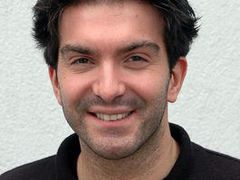
/https://oimg.videogamer.com/images/25b7/crysis_2_15.jpg)
/https://oimg.videogamer.com/images/443f/crysis_3_7.jpg)
/https://oimg.videogamer.com/images/b84c/crysis_3_2.jpg)
